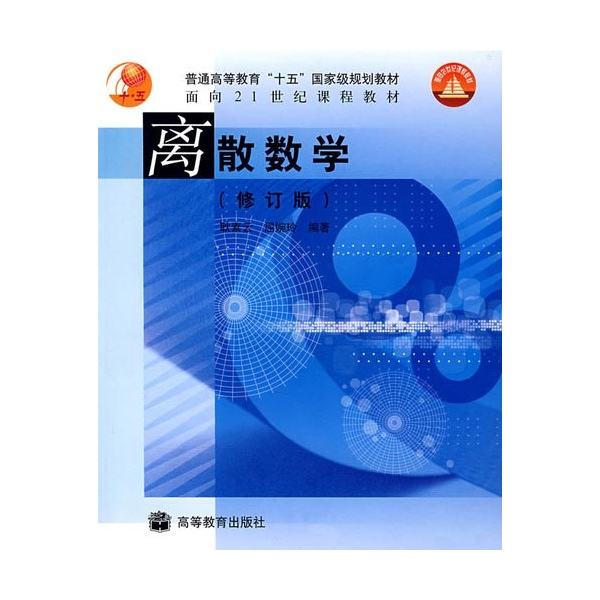Paths $P_1,\ldots, P_k$ in a graph $G=(V,E)$ are mutually induced if any two distinct $P_i$ and $P_j$ have neither common vertices nor adjacent vertices. The Induced Disjoint Paths problem is to decide if a graph $G$ with $k$ pairs of specified vertices $(s_i,t_i)$ contains $k$ mutually induced paths $P_i$ such that each $P_i$ starts from $s_i$ and ends at $t_i$. This is a classical graph problem that is NP-complete even for $k=2$. We introduce a natural generalization, Induced Disjoint Connected Subgraphs: instead of connecting pairs of terminals, we must connect sets of terminals. We give almost-complete dichotomies of the computational complexity of both problems for H-free graphs, that is, graphs that do not contain some fixed graph H as an induced subgraph. Finally, we give a complete classification of the complexity of the second problem if the number k of terminal sets is fixed, that is, not part of the input.
翻译:$P_ 1,\ldots 路径 $P_ 1, p_k$ 在 $G = (V, E) 的图形中, 如果任何两个不同的 P$ = (V, E) 和 $P_ j$ 没有共同的脊椎或相邻的脊椎, 就会相互诱导 $P_ 1,\ ldots 路径 $ 1, P_k$ 路径 。 引发断绝路径的问题是要决定一个 $G$ 的图形是否包含 $k( s_ i, t_ i) 的指定脊椎, $k = (V, E) 的 $k = (P_ i) 。 这是一个经典的图形问题, 即使是 NP = $@ i 美元, 和 $$_ j$_ 美元, 和 j$_ 美元 。 我们引入了一个自然的概括化的、 引入的断开关连接的子图 : 而不是连接的双关, 我们必须连接终端的两组。 我们给 H-free 的计算复杂度。 我们给出了 H- fix 。





